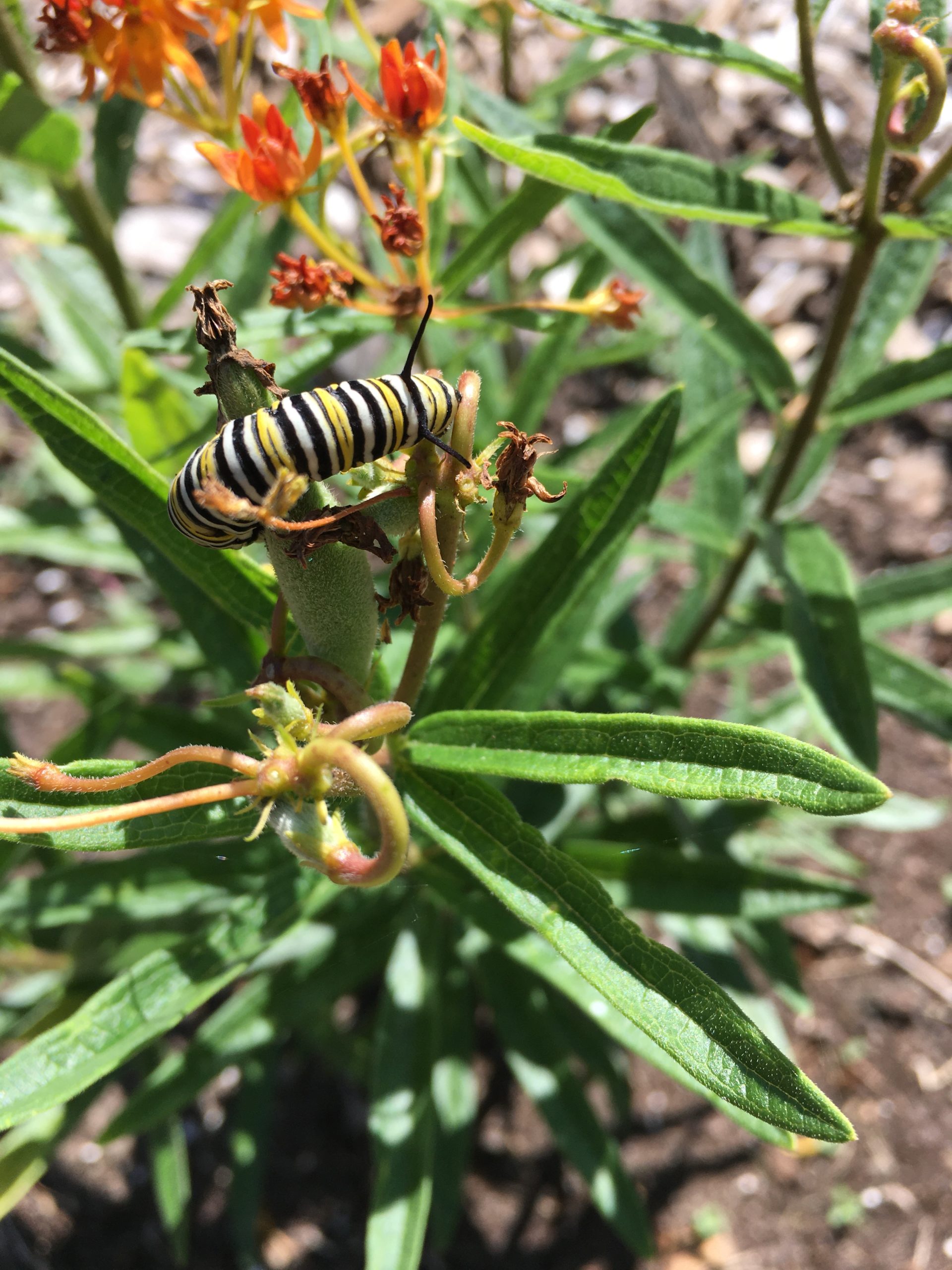Butterfly milkweed (Asclepias tuberosa) seeds are easy to germinate, but do need to be subjected to a period of cold temperatures to wake them from their natural cycle of dormancy. The correct time to harvest the mature seed is typically in mid- to late October, once the seed pods have browned, dried and split open.
Indoor Cold Stratification of Asclepias tuberosa
The most recommended time period for cold stratification is 30 days, however, 60 days may slightly increase the seed germination rate. Cold stratification can be completed indoors either by cold moist stratification (in sand, soil or paper towel) or by cold dry stratification.
Cold moist stratification in soil or sand mimics nature most closely, although without the freezing periods. The seeds are simply placed in moistened (but not soggy) sand or soil in a medium-sized Ziploc bag™ or sealed storage container, and then stored in the refrigerator.
Alternatively, and with less mess, about 10-20 seeds can be spread over one half of a moistened paper towel. The towel is then folded in half, and then in quarters, and placed in a medium-sized Ziploc bag™ and stored in the refrigerator. To better protect the seeds, the bag can be placed inside a storage container.
After about 3 weeks, the seeds are checked to see if any have started to sprout, and if so, they will need to be planted as soon as possible.
Cold dry stratification in a Ziploc™ bag may be the easiest method, where seeds are simply placed in the bag and then stored undisturbed in the refrigerator. After a minimum of 30 days, the seeds are soaked in warm water for 24 hours prior to sowing. An insulated drinking vessel works well for this.
Based on the literature, there does not seem to be one ‘best’ method. Cold moist stratification methods appear more frequently in the research. Home gardeners who have informally experimented with all of the above mentioned methods do not report any significant difference in the seed germination rates. Because Butterfly milkweed seeds are very easy to germinate, my recommendation based on simplicity is the cold dry stratification method. If the refrigerator is full, an unheated garage or shed will serve the purpose.
Spring Planting of Asclepias tuberosa
After spending a minimum of 30 days in a period of cold stratification, the seeds may be sown directly in the garden in the spring after the risk of frost has passed. In our gardening zone of 5A, this date is expected between May 11-20. The seeds are to be pressed lightly into the soil by hand, then covered with a thin dusting of soil (¼” or less), followed by a light watering. It is important to keep the seeds and young seedlings moist when they emerge in late spring. I recommend this method, since there is less environmental stress with minimal changes in growing conditions, and no taproot disturbance.
If transplants are preferred, in late winter (8 to 10 weeks before the last frost date), sow 1 to 2 seeds lightly into deep 4-inch pots filled with a dampened seed starting mix. Place the pots in trays and water from the bottom. Because Butterfly milkweed has a very long taproot which resents disturbance, the seedlings should be carefully transplanted into a permanent place when they are between 1-5 inches tall, after the risk of frost has passed, and after gradually acclimatizing them to the outdoor growing conditions.
Once established, Butterfly milkweed is drought-tolerant, and thrives in a broad range of conditions, but prefers dry to average moisture levels in well-drained sandy soil with exposure to full sun. The plant may take 2-3 years to become fully established, and may not flower until that time. When it does bloom, expect a brilliant orange mid-summer display that attracts bees and butterflies.

